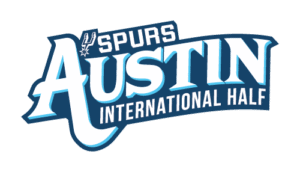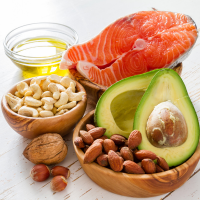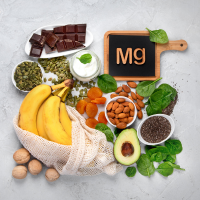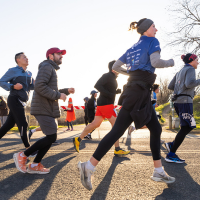If you’re looking to shave seconds—or even minutes—off your race time, it’s time to add interval training to your routine. Speed work isn’t just for elite runners; it’s one of the most effective ways for anyone to run faster, build endurance, and feel stronger on race day.
What Are Intervals?
Interval training alternates between short bursts of high-intensity running and recovery periods of easy jogging or walking. Think of it as controlled speed play—pushing hard for a set time or distance, then recovering just long enough to go again.
A simple example:
-
Run: 400 meters (1 lap around a track) at a fast pace
-
Recover: 200 meters easy jog or walk
-
Repeat: 6–8 times
This cycle of effort and recovery teaches your body to handle higher speeds and recover more efficiently, ultimately helping you sustain a faster pace during your next race.
Why Intervals Work
Intervals challenge your cardiovascular system and improve your VO₂ max, which is your body’s ability to use oxygen during intense exercise. The more efficiently your body delivers oxygen to your muscles, the longer you can maintain speed.
They also help:
✅ Build muscle strength and power
✅ Improve running form and stride efficiency
✅ Train your mind to handle discomfort during hard efforts
How to Add Intervals to Your Training
If you’re new to speed work, start small—once a week is enough. Try these beginner-friendly workouts:
-
Short Intervals: 8 x 200 meters at 5K pace with 200-meter jog recoveries
-
Long Intervals: 4 x 800 meters at 10K pace with 400-meter jog recoveries
-
Time-Based: 6 x 1 minute hard effort with 1-minute easy jogs
Always include a warm-up (10–15 minutes easy running plus dynamic stretches) and a cooldown (easy jog and light stretching).
The Payoff
With consistent speed work, you’ll notice faster paces feel easier, your endurance will skyrocket, and your confidence on race day will soar. It’s not about running hard all the time—it’s about training smart and giving your body the stimulus it needs to perform.
Ready to put your speed to the test? Incorporate intervals into your weekly routine and feel the difference as you crush your next goal pace!






 Looking to level up your training and race faster on the Austin International Half’s net-downhill course? Tempo runs are your secret weapon. Learn how this key workout improves endurance, boosts efficiency, and helps you hold your goal pace all the way to the finish line.
Looking to level up your training and race faster on the Austin International Half’s net-downhill course? Tempo runs are your secret weapon. Learn how this key workout improves endurance, boosts efficiency, and helps you hold your goal pace all the way to the finish line.





